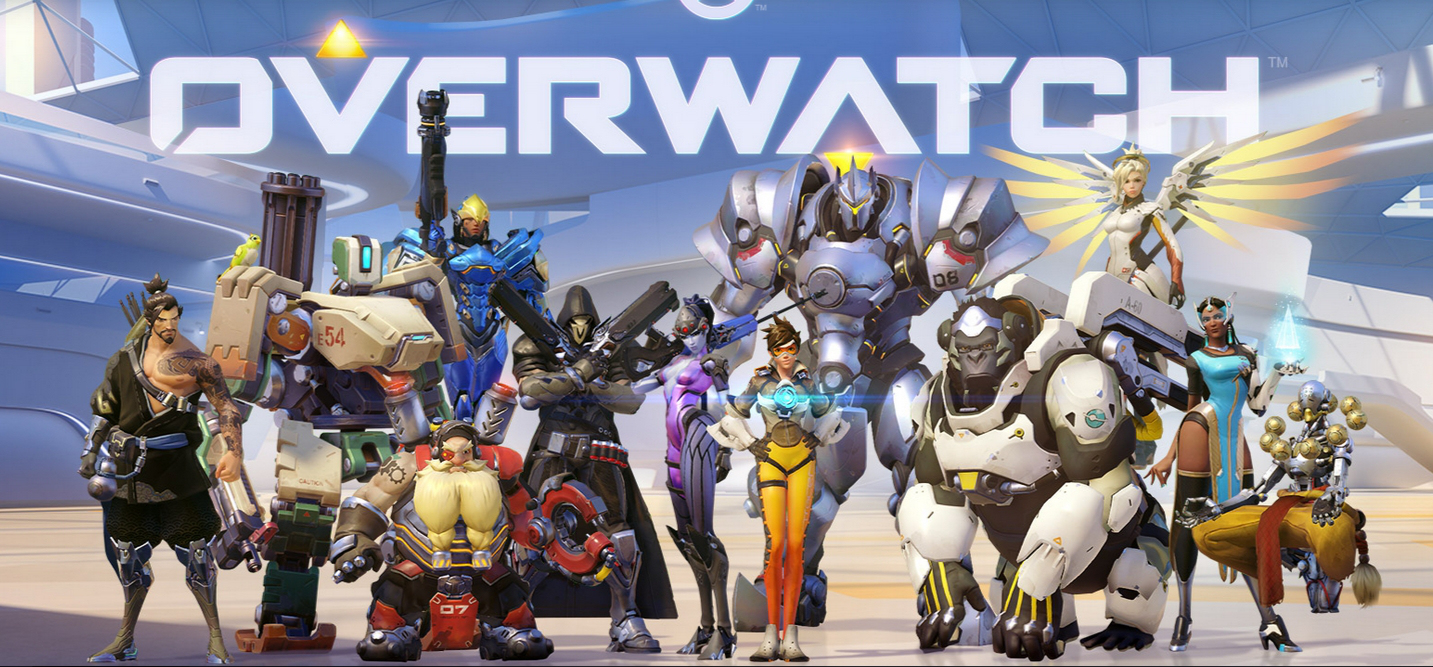Within Overwatch there are four classes (or roles): Offensive, Defensive, Tank and Support. Each class has a specific role or objective within the team, such as poking, healing, tanking, picking, etc.
The guide below offers an explanation of each class, the heroes that make them up, and the best way to optimize your playtime and potentially help you improve, whether it be to gain Elo, build game knowledge, or just generally improve your overall skill.
Note: This class guide is not a concrete tutorial on exactly which character to pick in a given round, as a defensive character is still a key member of the team even on the offensive phase, for instance.

Offensive:
Genji – McCree – Pharah – Reaper – Soldier 76 – Sombra – Tracer – Doomfist
These characters share certain goals, such as clearing an objective, securing kills, and being a general pain in the ass; however, they all have some defining characteristics which make them effective and enjoyable in their own right.
Offensive characters typically tend to be more “lone wolf” and therefore have kits that allow them to be quite self-sufficient and to escape danger quickly with their advanced mobility. They often aim to assassinate or pick off squishy enemies, whether they be healers or other offensive threats. If you’re wanting to carry your team with a glass cannon, then the Offensive role is a good starting point.
Although they dish out high damage, be aware that they have low health pools and thus can be easily killed. For example, with her measly 150 HP, Tracer can be killed in one shot by a well-placed headshot or Hanzo scatter arrow. This makes abilities such as Reaper’s Wraith Form, Solider 76’s Biotic Field, Tracer’s Recall, Pharah’s Jump Jet, Genji’s Deflect, and Sombra’s Translocator very useful at allowing these characters to escape sticky situations and keep that respawn screen at bay.
Keep an eye out for potential threats at all times, and do whatever it takes to stay alive. This may be easier said than done, as I have personally found the Offensive class and some of its characters to be typically hard to master.

Defensive:
Bastion – Hanzo – Junkrat – Mei – Torbjörn – Widowmaker
The defensive class has the highest overall damage output in the game. They excel, as suggested by the name, at protecting areas and objectives from the opposing team. This is done by setting up traps and other deployables, such as Torbjörn’s Turrets, Junkrat’s Steel Trap, and Widowmaker’s Venom Mine. Simply waiting for the right time to strike and being well-positioned are key with these characters because, unlike the Offensive class, these characters possess little mobility but a slightly larger health pool.
The Defensive class is more efficient and better supported when playing from the back and staying behind your tanks rather than taking the fight straight to the enemy. However, do not be deterred: An experienced player can still dominate the attacking round with a Defensive hero, as they are functional and effective in more areas than people think.
This class best suits players who prefer to stick with the team and engage in team fights; however, you can still rack up kills and get that gold medal if you’re well-positioned and thinking ahead.

Tank:
D.Va – Orisa – Reinhardt – Roadhog – Winston – Zarya
The tank class is a key component to the team, and playing without one could make the game incredibly hard. I would suggest that you are able to confidently play at least one tank well as they are always welcomed within the team. The way that I see the Tank class is that it is split into two groups: Offensive and Defensive.
The Offensive tanks — such as Roadhog, Zarya, and potentially D.Va — are better at the attacking stage of the game. They boast high damage but offer little support to the team, they still excel in 1v1 situations even against Offensive heroes, and they can easily carry a game with the right team and good coordination.
The Defensive tanks, however — such as Reinhardt, Winston, and Orisa — are better at supporting their team. They offer higher-damage shields, and their kits consist of more crowd-control abilities that, if combined with other team members, can be devastating in a fight. They have the highest health pools, but without a sufficient healer, a player new to the Tank class may struggle (unless it’s Roadhog because, well, he is a one-man apocalypse).

Support:
Ana – Lucio – Mercy – Symmetra – Zenyatta – Moira – Brigitte
Finally onto the most underrated and least favored yet most important class in the game. The Support class can be considered the backbone of any team; they primarily tend to focus on healing your team and keeping them in the fight.
Playing a Support is a tough gig. Trying to keep the whole team sustained and utilizing that game-changing Ultimate takes a smart approach, and mastering a Support hero will make you a necessary member of any team. Just be prepared not to be thanked and to always be told you’re trash because that Tracer thinks it’s your fault for not healing her when she goes 1v6.
—
Hopefully this guide to each of the four classes in Overwatch has been helpful. What are your thoughts on the roles, and do you have any suggestions or insights that we didn’t mention? Let us know in the comments, and stick with GameSkinny for all things Overwatch!







Published: Apr 17, 2018 03:30 pm